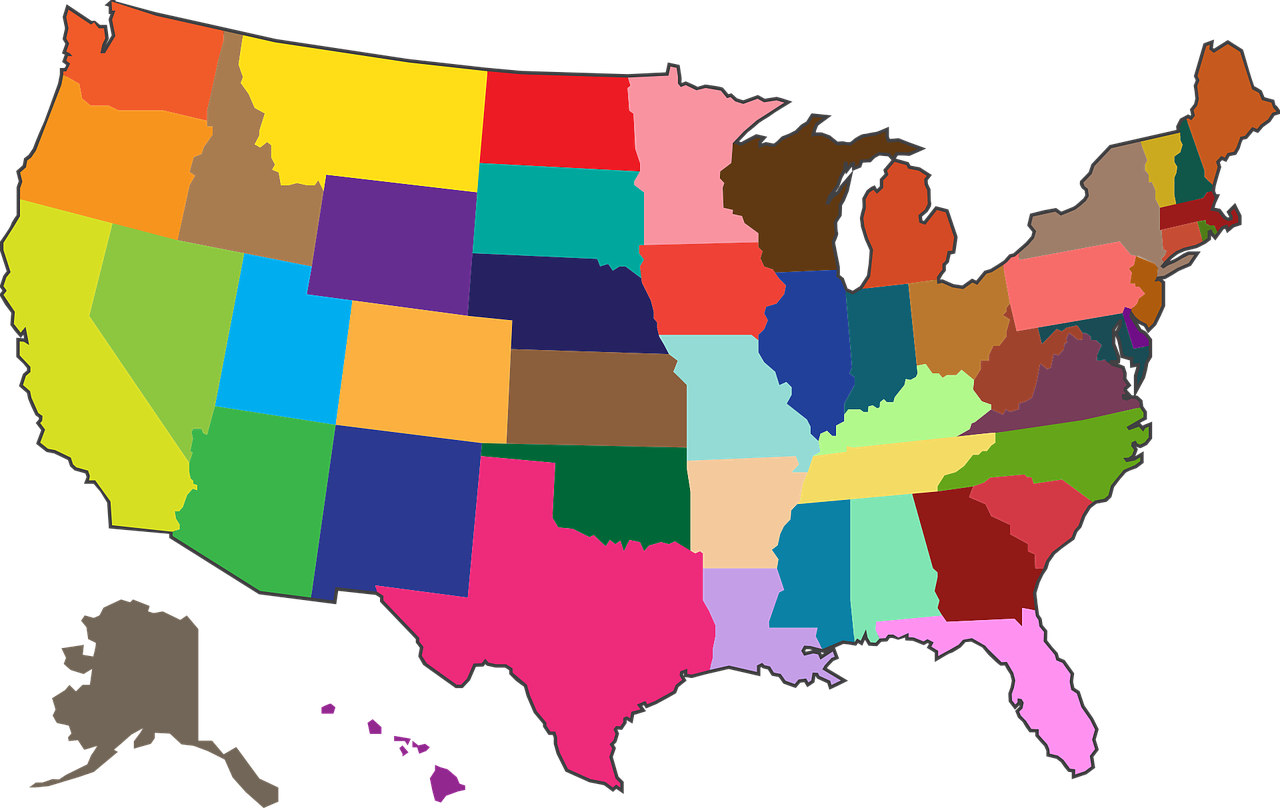How Much Will the VA Pay for Assisted Living?

A secure home that caters to individual needs in a safe and comfortable environment is important for the well-being of seniors and other adults living with disabilities. Assisted living facilities offer a variety of living arrangements and services to meet the needs of its residents.
The Department of Veterans Affairs (VA) provides financial aid to qualifying veterans and their survivors to help cover the costs associated with assisted living. In this guide, we will explore how much the VA will pay for assisted living and other financial assistance programs that can be used to supplement those payments.
This guide is designed to help families understand the VA's pension benefit program and what options are available for those who qualify for additional financial support. We’ll also discuss the types of assisted living facilities and why someone may need them. Finally, we’ll provide additional resources for readers to explore further.
By the time you’re done reading, you’ll have a better understanding of how the VA pension benefit program works, as well as an overview of other sources of assistance for veterans and their families.
What is Assisted Living?
Assisted living is a form of long-term care that provides housing and assistance to seniors and individuals with a disability. The goal is to help these individuals maintain their health, independence, and quality of life while providing access to needed services. Typically, the services provided vary depending on the facility, but may include meal preparation, medication management, personal care, bathing and grooming, housekeeping, and assistance with activities of daily living (ADLs). Assisted living facilities provide a level of care that may not be available in one’s own home, yet does not require the high level of medical attention provided in a nursing home.
Assisted living is suitable for people who may need help with ADLs but do not require regular medical or nursing care. People who typically benefit from assisted living are those who can no longer live independently due to a disability, chronic illness, or age-related issues. Assisted living can provide the support, structure, and security needed for residents to remain as independent as possible.
Types of Assisted Living Facilities
Assisted living facilities offer different types of care for those who have difficulty with everyday activities, such as bathing, dressing, and preparing meals. Different types of assisted living facilities may provide different levels of care.
The types of care provided in assisted living typically include independent living, assisted living, skilled nursing care, memory care, respite care, hospice care, and transitional care. Each type of care represents a different level of assistance, so it's important to carefully evaluate the needs and preferences of the individual.
Independent living is ideal for individuals who require little or no assistance with activities of daily living. They can enjoy the independence of making their own choices while having access to on-site medical services and other amenities. Assisted living is a step up from independent living and provides assistance with activities such as bathing, toileting, medication management, and transferring. Skilled nursing care offers round-the-clock access to medical and nursing professionals. Memory care units are specially tailored for patients experiencing memory loss, while respite care is a short-term stay for seniors who need assistance, usually due to a hospitalization or illness. Hospice care provides palliative care to patients with a terminal illness, while transitional care is designed to help individuals during the transition period from hospital to home.
Why Would Someone Need Assisted Living?
Assisted living is a type of long-term care solution that provides assistance with activities of daily living (ADLs) such as bathing, dressing, eating, and mobility. It is typically designed for seniors who want to maintain their independence, but need some help in order to do so. This could include people with deteriorating physical or mental health, mobility issues, limited resources, or who need social interaction.
Main reasons why someone would need assistance in an in-home setting or facility are:
- A senior requiring specialized care due to injury or illness
- Someone suffering from cognitive decline, such as Alzheimer's or Dementia
- A senior who can no longer live alone safely, due to physical or mental health challenges
- Someone with a chronic medical condition or disability that requires a specialized level of care
- Someone in need of socialization and companionship
VA Pension Benefits
The Department of Veterans Affairs (VA) offers pension benefits to assist eligible veterans and their surviving spouses with the costs associated with long-term care. The VA pension benefit program helps to provide financial assistance for qualified care in an assisted living facility.
Pension benefits may include cash payments that are made directly to veterans, or indirectly to veterans through an assisted living facility. This type of assistance may be used to cover costs such as room and board, medical supplies and equipment, and transportation services related to health care.
To qualify for the pension benefit program, veterans must meet certain eligibility criteria. This includes having served in active duty during wartime, having a low income, and having a disability or other medical condition that requires help with daily activities. Surviving spouses of veterans may also qualify for pension benefits, depending on their eligibility.
How to Qualify for the Pension Benefit Program
The Pension Benefit Program, administered by the Department of Veterans Affairs (VA), provides financial support for veterans who qualify. In order to receive benefits, veterans must meet certain eligibility requirements and complete an application with supporting documents. To qualify, a veteran must:
- Have served a minimum of 90 days of active military duty, with at least one of those days during a period of war;
- Be 65 years of age or older, or become permanently disabled due to an injury or illness related to their military service;
- Have limited financial resources; and
- Meet the needs-based criteria.
To apply for the Pension Benefit Program, the veteran must gather the necessary documents and submit them to the VA. These documents include:
- Proof of service in the military - DD-214 form;
- Proof of age or disabilities that qualify for the program;
- Proof of financial resources; and
- Evidence of current medical expenses.
Once the application is submitted, the Department of Veterans Affairs reviews the documents and makes a determination as to whether the veteran is eligible for the program. If the veteran is approved, they will receive monthly payments which can be used to help cover the cost of assisted living.
Financial Support from the VA
The Department of Veterans Affairs (VA) provides financial support to assist families with both physical and mental health conditions. They are dedicated to helping veterans access care in an assisted living environment if needed.
The VA offers a range of services to help veterans receive the care they need. Through their pension benefit program, the VA can provide financial assistance to cover certain qualified care costs at an assisted living facility.
The VA also provides additional financial assistance to cover non-medical expenses such as housing, grooming, meals, and supplies. This can be used to supplement the cost of care provided by the assisted living facility.
The VA is committed to ensuring that veterans receive quality care and the support they need to live a dignified life.
How Much Will the VA Pay for Assisted Living?
For veterans and their families, understanding the VA's financial assistance for assisted living is a crucial part of planning for long-term care. The VA provides pension benefits to help cover costs of qualified care in an assisted living facility. So how much will the VA pay for assisted living?
The VA offers two different types of pension benefits that can contribute towards assisted living costs. The first is the Aid and Attendance Pension Benefit, which offers a monthly payment to cover costs related to long-term care like in-home care or nursing home care. The second is the Housebound Benefit, which provides additional funds if a veteran is mostly confined to a home due to disability.
However, it’s important to remember that the VA doesn’t pay for the entire cost of assisted living. Depending on the veteran’s income and assets, the VA may only pay a percentage of the total cost, or a flat rate up to a certain amount. To qualify, the veteran must meet certain criteria regarding their income, assets, and level of care needs.
The amount of money the VA pays for assisted living depends on each veteran’s individual circumstances. For example, the maximum benefit amount for the Aid and Attendance Pension Benefit is currently $2,230 per month for a veteran without a spouse ($3,113 with a spouse). In addition, the VA may provide additional payments for other medical expenses such as prescriptions, durable medical equipment, and home improvements.
While the VA can help with covering some of the costs associated with assisted living, it’s important to explore other sources of financial assistance as well. Most states provide assistance programs for seniors and disabled individuals, and there are also private grants and scholarships available. It’s important to look into all of the options available to you before making a decision.
Other Sources of Financial Assistance
In addition to the VA pension benefit program, there are other sources of financial assistance available to help veterans and their families with assisted living. Some of these include:
- State Veterans Programs: Many states have special programs for veterans that assist in providing coverage for living expenses in an assisted living facility. Check with your local state veterans office or website to find out what may be available in your area.
- Long-term Care Insurance: This type of insurance policy can help cover some of the costs associated with assisted living. Depending on the policy, it can pay for a portion of the cost of care or up to a certain dollar amount each month.
- Medicaid: Medicaid is a government program that helps low-income individuals with medical and long-term care expenses. Eligibility varies by state, so contact your local Medicaid office or website for more information.
These are just a few examples of other sources of financial assistance you may be able to explore when considering assisted living for yourself or a loved one. It’s important to do your research and explore all available options to find the best possible solution for you and your family.
The Department of Veterans Affairs (VA) is dedicated to helping veterans and their families receive the support they deserve. To access additional resources related to assisted living, contacting the VA directly is a great place to start.
The VA can provide contact information for local VA facilities and programs, as well as financial aid programs and other services that may be available to assist with the cost of assisted living. Additionally, the VA provides online resources with detailed information about veteran benefits and services.
Within the online resources of the VA, readers can find a comprehensive guide to VA benefits, descriptions of different care options, a description of programs and services offered by the VA, and more. The VA also offers an online chat feature for those who wish to get help or have questions.
The VA’s website also provides links to other organizations and tools, such as the Office of Caregiving and Housing that provide assistance to veterans and their families. For those needing additional guidance or resources, the VA has many resources that can provide help for individuals or families who may need assistance.
The VA’s online resources, phone numbers, and physical locations are all great resources to explore when looking for information and assistance related to assisted living. To learn more about veterans' benefits and services, visit the VA website or reach out to your local VA facility.
In conclusion, we have reviewed how much the VA will pay for assisted living and explored different options available to those who need it. We have discussed VA pension benefits and seen how they can be used to cover costs of care in an assisted living facility. Additionally, we have discussed other sources of financial assistance that can be used to supplement the VA payment for assisted living. It is important for veterans and their families to explore all of the available options when trying to cover the costs of assisted living. With the right support and guidance, veterans can receive the care they need in an assisted living facility.
You might also like this article:









